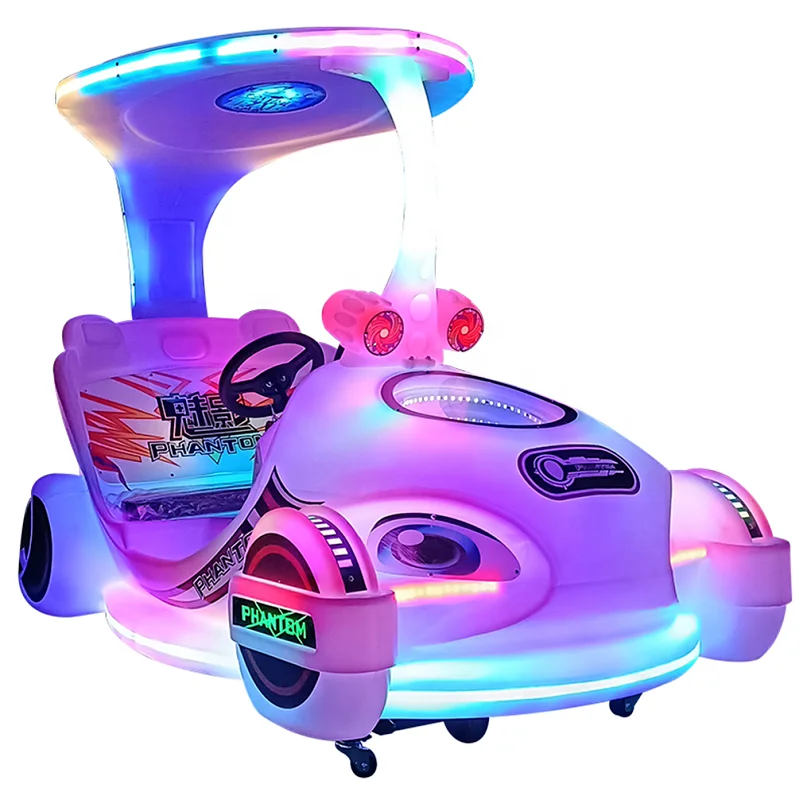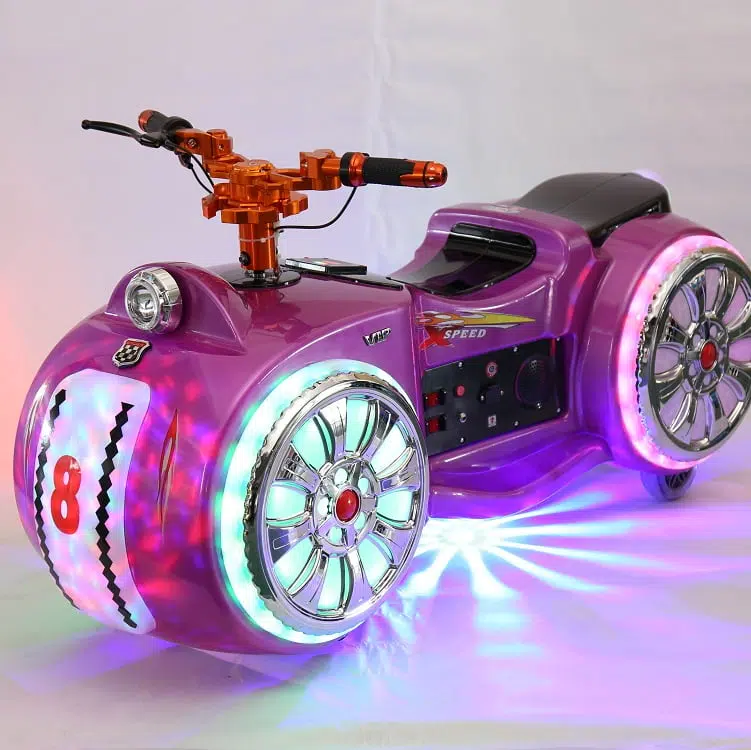Bumper Cars and Amusement Rides Around the World: Origins and Their Appeal to Children
Bumper cars, amusement rides, and carnivals have been entertaining people, specially children, for generations around the globe. These attractions have become integral elements of amusement parks and fairs, with names that vary from one country to another.

The bumper car ride, also known as dodgems in the UK, originated in the U.S in the early 20th century, taking the name “bumper” from the idea that riders could bump into each other without harm. In France, they call it “auto-tamponneuses”, combining the terms for “car” and “stamping”, which is an apt description of these rides. In other parts of Europe, including Germany, they’re referred to as “autoscooter”, merging the words for “car” and “scooter”.
In China, bumper cars are referred to as “Pengpeng che”, literally translating to “bumping cars”, essentially reflecting the nature of the ride. These names across different nations capture the essence of the ride – the fun involved in harmless collisions.
- Amusement Rides
Amusement rides, such as roller coasters and carousels, also have a rich history and intriguing names worldwide. For instance, roller coasters are known as “russische Berge” (Russian mountains) in Germany due to the concept evolving from ice slides popular in Russia during the 17th century.
In Spain, carousels are referred to as “tiovivo”, which roughly translates to “uncle I live”, a phrase originating from the delighted cries of children enjoying the ride. In China, a carousel is known as a revolving wooden horse – aptly describing the ride’s traditional design.

- Appeal to Children
The irresistible appeal of bumper cars and amusement rides to kids lies mainly in the thrill and adventure they offer. Bumper cars provide children with a rare opportunity to maneuver cars, engage in harmless “traffic accidents”, and enjoy the unexpectedness of unpredictable movements – all of this while ensuring their safety.
Amusement rides, on the other hand, offer a wide range of experiences, from exciting roller coasters that satiate their craving for speed and thrill, to serene carousels that provide a rhythmic, soothing experience. The visual appeal, vibrant colors, and often the accompanying music, also play a significant role in drawing children towards these rides.
These rides contribute to children’s development too. They can stimulate their senses, improve their balance and coordination, and even help overcome fears. Furthermore, they serve as a shared experience, enhancing social connections among kids.
In summary, be it known as “bumper cars” or “Pengpengche”, “carnival rides” , these attractions have been sparking joy in children for decades and continue to do so, transcending geographical and language barriers to offer unadulterated fun.
- Develop Children’s Social Skills
Amusement rides and play equipment have a crucial role in children’s developmental growth and their social skills. This can be attributed to several factors:
Physical Development: Activities like climbing, swinging, sliding, or even steering a bumper car can help refine a child’s motor skills, and promote physical strength and balance.
Cognitive Skills: The interactive nature of these rides stimulates a child’s cognitive abilities. It provokes curiosity and encourages problem-solving when they figure out how different rides or play equipment works.
Social Skills: Playgrounds and amusement parks offer an excellent platform for children to interact with their peers. They learn how to take turns, empathize with others (for instance, comforting a friend who is scared of a ride), and understand the concept of shared experiences.
Emotional Development: Riding a scary ride or a fast one instills a sense of achievement in kids when they overcome their fears. It can help boost their self-esteem and confidence.
Enhancing Creativity: The varied rides and equipment at an amusement park offer a change of scenery and a break from routine, which can stimulate a child’s imagination and creativity.
Thus, amusement rides are more than just outlets for fun; they are pivotal in shaping a child’s overall developmental growth and honing their social skills.
